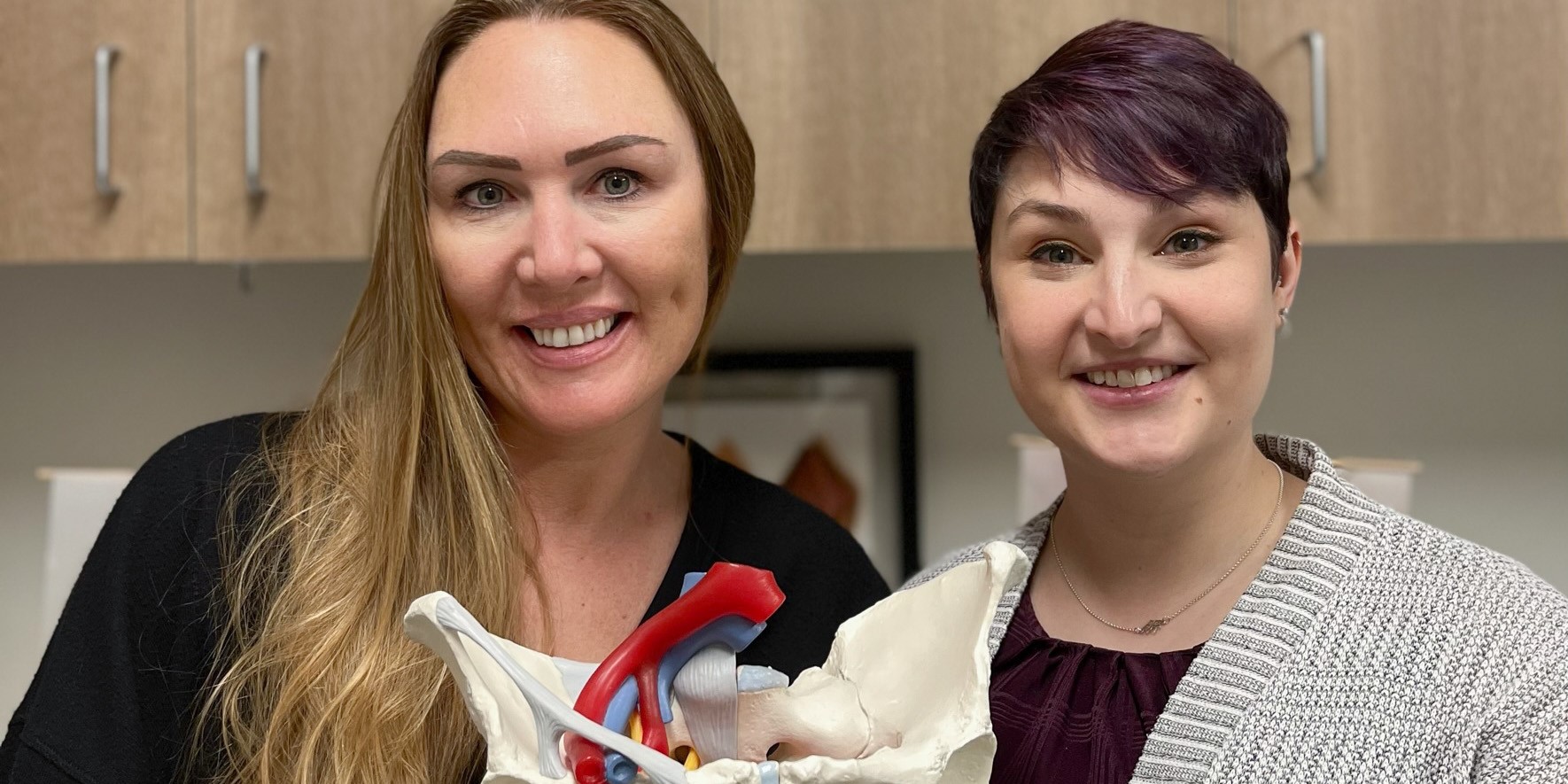
In 2022 The National Center for Transgender Equality (NCTE), a US trans rights organization, undertook an extensive survey of binary and non-binary transgender people in the USA and recently released preliminary results. This was an update to the 2015 U.S. Transgender Survey which had 28,000 participants from the transgender community. In 2022 the number of respondents tripled to over 90,000 people. It included people from every state and many US territories. Unlike the previous survey, which included only adults, the 2022 survey included 8,000 youth aged 16-17. Additionally, the number of available questions almost doubled to 624, allowing for more nuanced data collection.
The report details continued discrimination and mistreatment of people who are transgender. This includes experiencing poverty, unemployment, and job loss due to their gender identity and/or expression, mistreatment or bullying at school, and denial of restrooms that align with their gender identity.
Specific to healthcare, almost half of adult respondents reported at least one negative experience with a healthcare provider in the last year due to being transgender. This includes refusal of health care, using the wrong pronouns, and verbal and physical abuse during treatment. Nearly a quarter of people avoided seeking medical care when they needed it due to fear of mistreatment.

Sandra Gallagher has served on varied committees and boards at the state and national level, most recently as the chair of the CAPP-OBC committee for the Academy of Pelvic Health of the APTA. She has presented on the role of PT in gender-affirming vaginoplasty at UCSF Transgender Health Summit, APTA Combined Sections Meeting, and at the 2018 international meeting of the World Professional Association for Transgender Health (WPATH). Join Transgender Patients: Pelvic Health and Orthopedic Considerations with instructors Sandra Gallagher, PT, DPT, WCS & Caitlin Smigelski, PT, DPT on April 29th.
In working with surgeons that perform and patients undergoing gender-affirming genital surgery I’ve had the chance to recognize that some of our most basic skills of assessing tissue and tissue healing play a huge role and optimizing healing. I personally have loved taking another look at some of the wound healing principles that I used early in my career in the 90s, to assist in developing timelines for post-surgical recoveries of gender surgeries.
In addition to the basic science of tissue healing, we’ve integrated current and novel neuroscience to develop Graded Motor Imagery guidelines to improve the sensory outcomes of vaginoplasty and phalloplasty surgeries. Graded Motor Imagery (GMI) is a treatment approach commonly associated with treating pain. It is generated from understanding the underlying neuroplasticity of complex pain conditions such as phantom limb pain. (1) Graded Motor Imagery in rehabilitation means that the focus is placed on synaptic exercise and health. The use of neuroplasticity to change sensory experiences occurs in other parts of rehab and goes under different names. Sensory integration, cortical integration, or mapping, are some other terms used. In addition to being used for reducing pain in complex regional pain syndrome, the techniques are used for reducing limb neglect in stroke rehab, and restoring limb function in complex hand surgeries (2,3,4,5). In pelvic rehab, we are using these concepts with urinary urgency suppression and in cis females with vaginal pain. There are handfuls of article exploring the presence and phenomena of phantom penis in trans men (6,7,8)
Using GMI for Phalloplasty








































